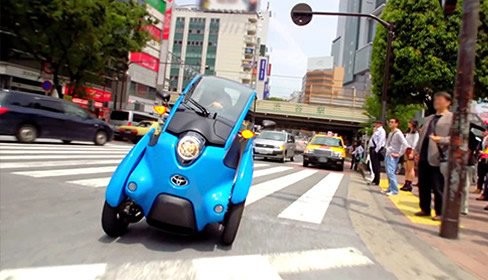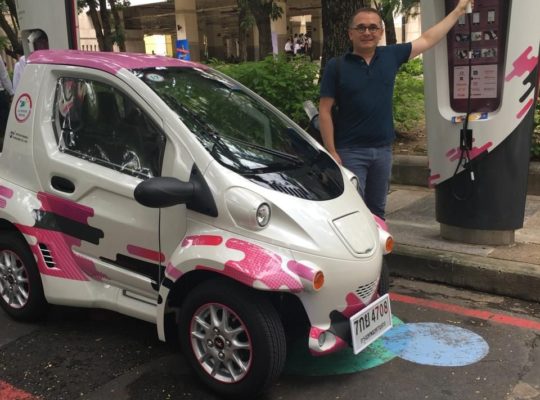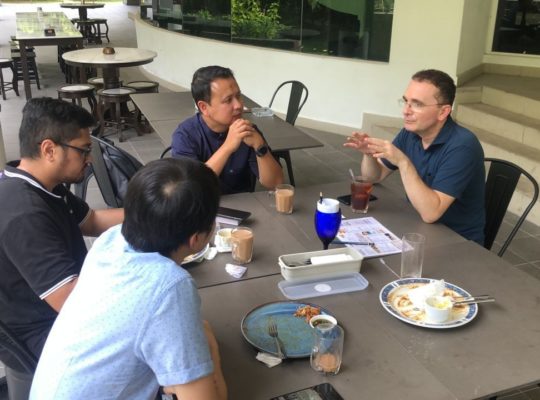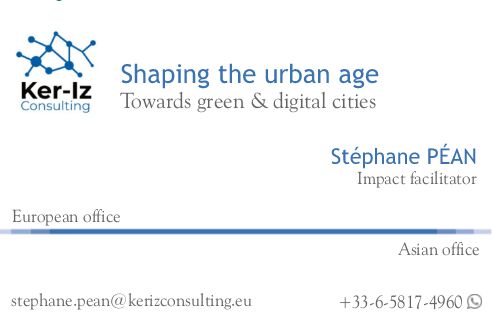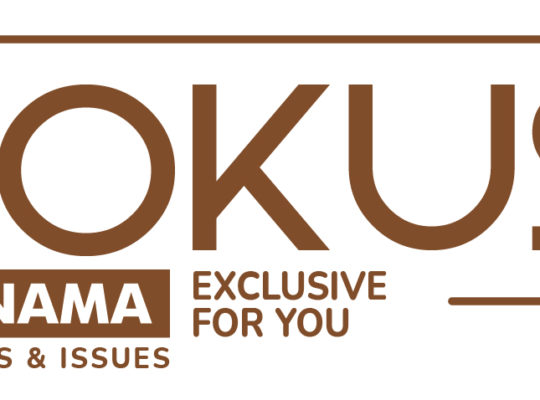Transportation has entered a new revolution with the full IT infrastructure deployment along with the spread of smartphones in the population, allowing disruptive cloud based personal mobility services and big data solutions often seen as a gold mine to build smart cities.
The concepts behind this revolution are not new. They had been devised within the ITS community during the last two decades. Nevertheless, the big change is that we are currently shifting from technology to customer-centric business models. What about marketing strategy in this new era of future mobility?
Urban transportation systems and technological evolutions
The movement to promote the Intelligent Transportation Systems was launched in Europe, welcoming the first ITS World Congress (Paris, 1994).
The first decade saw many projects to confirm technical systems and the necessary standards. The lobbying came essentially from infrastructure’s engineers, designing solutions to make vehicles cooperate with the road infrastructure. The vision behind those systems was a vertical and centralized one; national governments had a strong role of coordination and control.
On their side, car makers were developing embedded telematics systems to receive traffic information but also entertainment. However, they were rather reluctant to welcome mobiles in the vehicles, not only for safety reasons but also to protect their telematics strategy. In addition, they were designing new active safety solutions into the vehicle. Japan only could create a national market for embedded car navigations systems, incorporating telematics options thanks to a strong public-private cooperation.
The second decade saw the revolution of Internet and the deployment of new individual services on mobiles, portable navigations and smartphones. The lobbying was then essentially led by the telecommunications and software industries, allowing a more horizontal and decentralized vision. Not only individuals could be connected but also cars and potentially all the transportation modes, offering multimodal journeys. This context has provided the opportunity to offer cloud platform based solutions, opening the doors to big data business, the core of smart cities policies.
At longer term, driverless vehicles are even considered to move people in urban metropolitan area, sending at the same time floating data to a smart center that will be able to automatically regulate the traffic through efficient algorithms …
Toward a customer-centric mobility age
The time has definitively come to replace the terms “transportation” by “mobility”, “system” by “service” or “product” by “usage”. As regards transportation, the purpose is not anymore just to deploy technical infrastructure or mobile devices with the objective to increase connectivity or productivity. Experimental projects, supported by corporate communications, should also give place to real business models integrating marketing oriented communications.
Indeed, in a more competitive context with the development of new innovative mobility markets, there is no more “average” customers and a marketing strategy approach should be devised.
On one hand, it is necessary to focus on customers’ expectations and demand. The mobility service delivery must be completely aligned to provide the best experience to the end-users. Users experiences must mix simplicity (online subscription and booking) and pleasure (moving and feeling) so as to increase engagement to the service.
On the other hand, it is the time to go back to the basics by including urban mobility knowledge in the marketing communications strategy. The best customers should be smartly identified depending on their urban lifestyles and lifetime value. Social media should be the best option to provide marketing efforts for the right customers acquisition.
In conclusion, marketing approach should be entirely thought up. However, where are the marketers today in the domain of future mobility ? Who should they be ?
The new coming up mobility revolution will be marketing oriented, led by new talented marketers that can combine urban mobility competencies, business models thinking and innovative marketing communications know-how. Through customer centricity, they will know how to design profitable business models in a competitive mobility environment.

